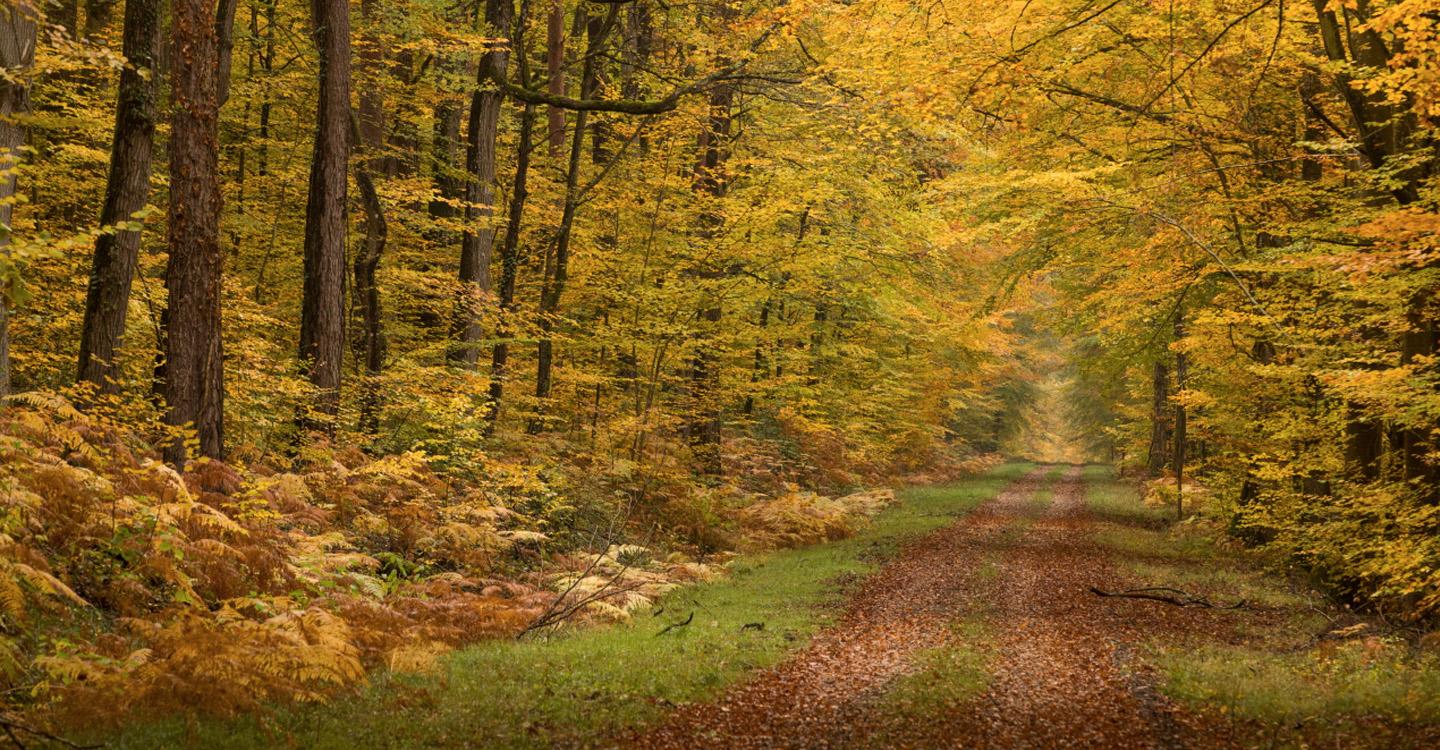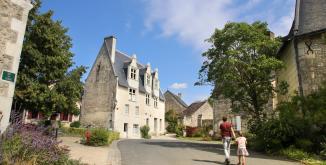Get your hiking shoes and discover the forest of the Loire-Anjou-Touraine Park: connection guaranteed! About one third of the Park territory is covered with different kind of forestry landscapes: from small groves to the massifs including several thousand hectares of forest. There is a big variety of forest environments:
- Deciduous tree forests cover about 40% of the wooded area. Pedunculate and sessile oak trees can be found on richer soils. They sometimes mix with chestnut trees, beech trees and pines.
- Conifer woods mainly include Scotch and maritime pines. Most of these trees have been planted during the 20th century. They adapt to poor and acid soils. Pine forests represent 21% of the wooded area of the Park. Their development has influenced the toponymy of certain places such as Breille which has been renamed Breille-les-Pins in 1958.
- Mixed forests are covered with resinous and deciduous trees and represent about 17% of the wooded areas. You can find them all over the territory.
- Moors with bushes and small trees are more open landscapes. They cover large surfaces and host a rich biodiversity.
- Poplar groves are plantations of lined up trees. They can mainly be seen in the valleys and cover about 6% of the surface, constantly declining.
The forest is a part of the territory’s identity. The surface covered by woods was originally more important. But in the Middle Ages, religious communities settled and the number of inhabitants grew. Organised clearance transforms the woods into farmland. There is hardly any forest in the valleys (except for riparian forests, vegetation along the riverside). They are concentrated in areas with less fertile soils for agriculture: on plateaus and hilltops. For the past 10 years, the surface of the Park covered by forests has been expanding around the massifs. This spread is mainly due to the difficulties of the farm sector. Fields which are hard to cultivate are progressively abandoned. Sand and clay soils on the limestone plateaus are acid and of poor quality. When given back to nature, they first start to cover up with low vegetation, forming a so-called moor, before starting to evolve slowly into a forest.
The preservation and sustainable management of these landscapes have become a major issue. Woods are important resources both for the economy and the environment. They host an uncountable number of animal and plant species. They offer a place for walks and nature observation to visitors, and also freshness during hot summers. The ideal place to take a break from busy daily life …
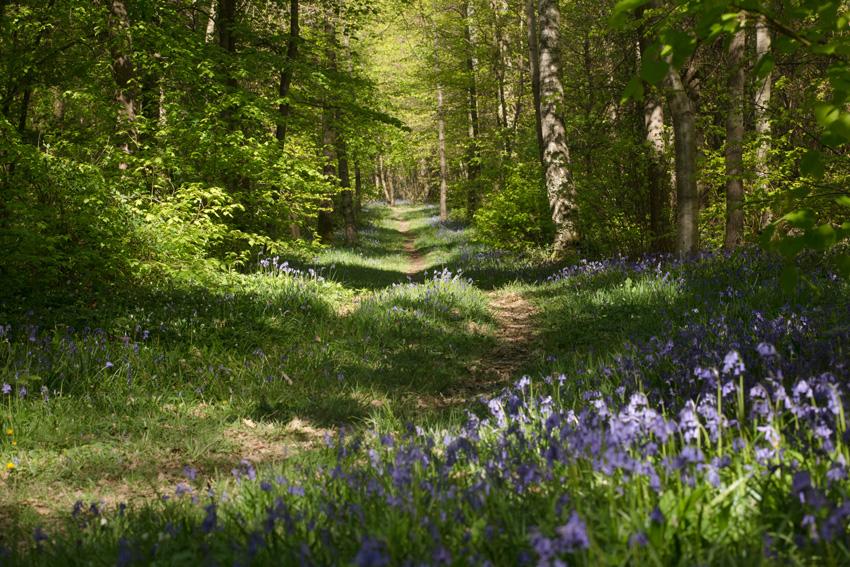
The Park’s main forest massifs
Which are the big forest areas of the Loire-Anjou-Touraine Park?
The Milly / Gennes massif is very large but fragmented. It is dominated by deciduous trees such as sessile or pedunculate oaks, chestnut trees, … The centre of the massif is the state-owned forest of Milly. After its acquisition by the State in the 1950s, it has been afforested with pine trees.
The famous Chinon forest has been a playground for Kings for a long time: Louis XI regularly came to hunt deer. After the French Revolution, it became property of the State. The Chinon forest has the Park’s most beautiful sessile oak population. You can also find remains of the former American military camp set up in Saint-Benoit-la-Forêt in 1951 there.
The Breille-les-Pins / Bourgueil massif is characterised by maritime pines, especially in its Eastern part where the poor soils limit the implantation of other varieties of trees. On richer soils, you can also find chestnut and sessile oak trees.
And last but not least, the Fontevraud forest, mainly occupied by the same named military camp. It initially belonged to the Fontevraud and Seuilly abbeys, then to the State who sold it in batches to private persons. In 1917, the State bought back part of the forest and offered it to the American artillery as a training ground. After the departure of the Americans, the cavalry of Saumur took possession of the place. The rest of the forest is mainly in private hands and almost exclusively covered with deciduous trees.
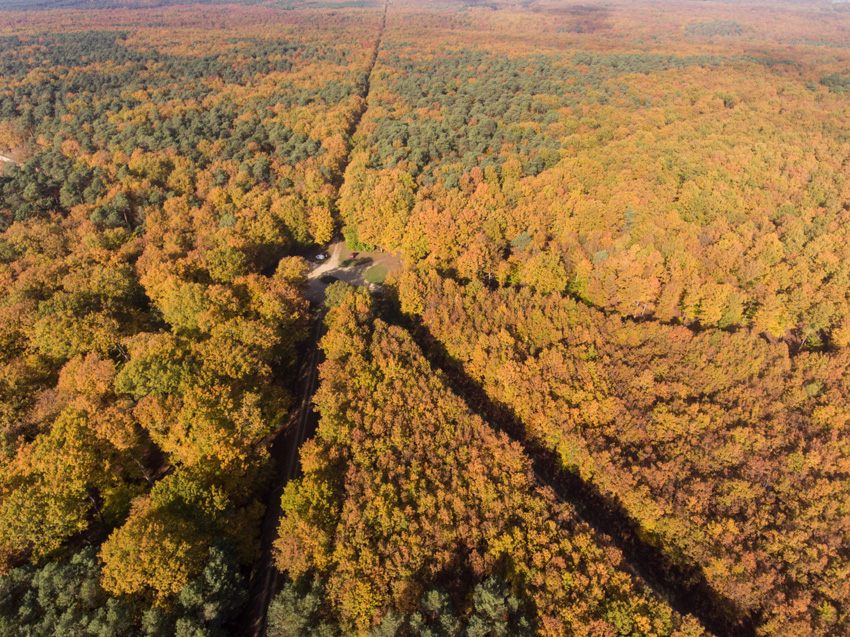
Forests and moors, connected places
The Loire-Anjou-Touraine Park is characterised by the presence of some moors. They are not cultivated, nor are they regularly looked after. It is almost impossible to enter these places which are covered with low and colourful vegetation such as heather, gorse and broom.
How do moors develop? They evolve on cleared and abandoned land which is not suitable for agriculture or livestock farming. At first, only wild bushes and small trees grow on the poor soil. Then, bigger trees start to appear (oaks, willows, pines, etc.), transforming the moor little by little into a forest.
Sometimes, human interventions like clearance or harvesting help to rejuvenate the habitats, allowing to maintain them at a certain stage of development.
Moors have played an important role in history: they supply litter and food for cattle as well as heathland and the famous heather used for the production of brooms, roofs, fences, … Clay from the moors was often used for producing bricks, tiles and pottery. By the way, it is still used near Langeais.
The moors have been losing ground ever since the 19th century. Some have been transformed into farmland using fertilizers or chalk. Others which had been used as grazeland for sheep have been abandoned and return to become a forest. After the Second World War many of them have been replaced by conifer plantations.
Where to discover moors today? You will find these habitats in the Chinon and Milly forests, at the Roman Camp in Cinais, Saint-Martin, Langeais and on the wooded plateaus of the Gâtine of Tours. The military camps of Fontevraud and Ruchard also have big moors, but they are not open to the public.
What about sustainable forest management on the Park territory?
Sustainable forest development and the organisation of the wood sector takes a lot of coordination between stakeholders. Most of this coordination is done by the National Office of Forests (ONF) and the regional delegation of the National Forest Ownership Centre (CRPF).
There are different documents giving guidelines for sylvicultural management: the forestry Code sets the frame for the management and protection of public forests on a national level. The framework for private woods depends on their surface:
- A Simplified Management Plan is mandatory for privately owned forests that cover a continuous area of more than 25 ha. This document includes the cutting and works program and intends to ensure the sustainable management of the wooded area.
- • The Code of good sylvicultural practices, drawn up by the regional delegation of the National Forest Ownership Centre (CRPF), lists recommendations for owners of small private forests.
Which opportunities lay ahead for the sylvicultural sector? The best timber is destined to construction, furniture, woodwork and cooperage. The rest serves to produce packaging, plywood, paper, … The development of district heating increases the part of renewable energies on the territory.
Timber harvesting generates economic activities and sustains the renewal of the forest at the same time. Don’t be surprised if you see clear-cut parts in a forest. This is authorised if they are compensated naturally or by plantations. Should you have any questions concerning the sylvicultural practices on the territory, the Park will be happy to inform and help you.
Raising temperatures increase the fire risk and worsens the water deficit. It already has an impact on certain species such as the pedunculate oak or the beech tree which have a hard time coping with summer drought.
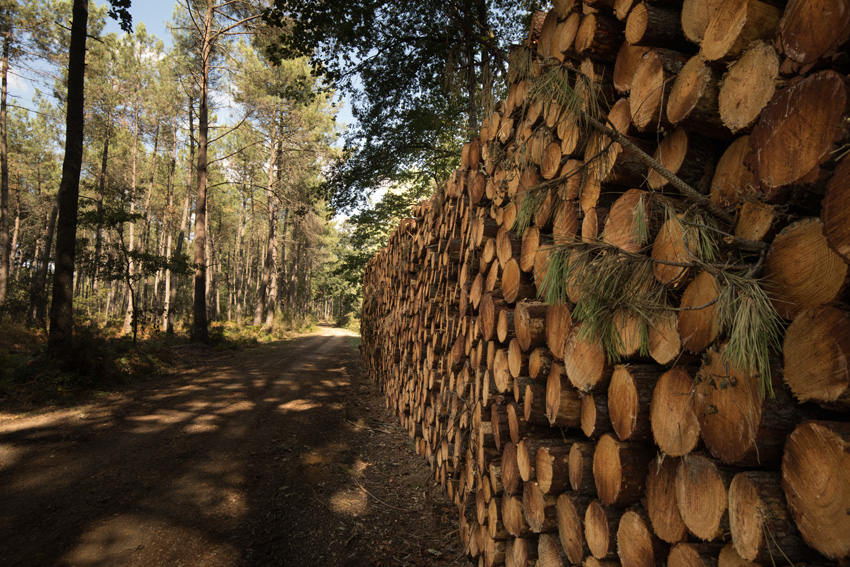
What is allowed in the forest?
In 2018, 89% of the Park’s forests are in private hands, 6% are state-owned and 5% are public (belonging to municipalities or the army).
How do you know if you are allowed to take a walk in a forest? State- and public-owned forests are open to the public, with occasional exceptions. Picking is allowed within reasonable limits.
Private owners have the choice whether to open their domains to the public or not. If access is prohibited, there has to be a sign or a fence. In the absence of signage, walkers can enter the forest. Careful though: fruit, mushrooms, flowers, plants etc. belong to the forest owner. Picking might be considered as stealing. It is also prohibited to have any commercial activity based on products picked in others people’s properties without their specific consent. Please remember that you walk in a private property where your presence is only tolerated!
Hunting is authorised on the Park territory in order to regulate fauna. Growing populations of big game (boar, stag, roe deer ...) can harm the natural regeneration of the forest. Each municipality displays the prefectorial decree regulating the annual hunting period at the townhall and on their website. Hunt organisers are obliged to put up temporary signs informing about an ongoing hunt, at least along roads and paths crossing the hunting zone.


